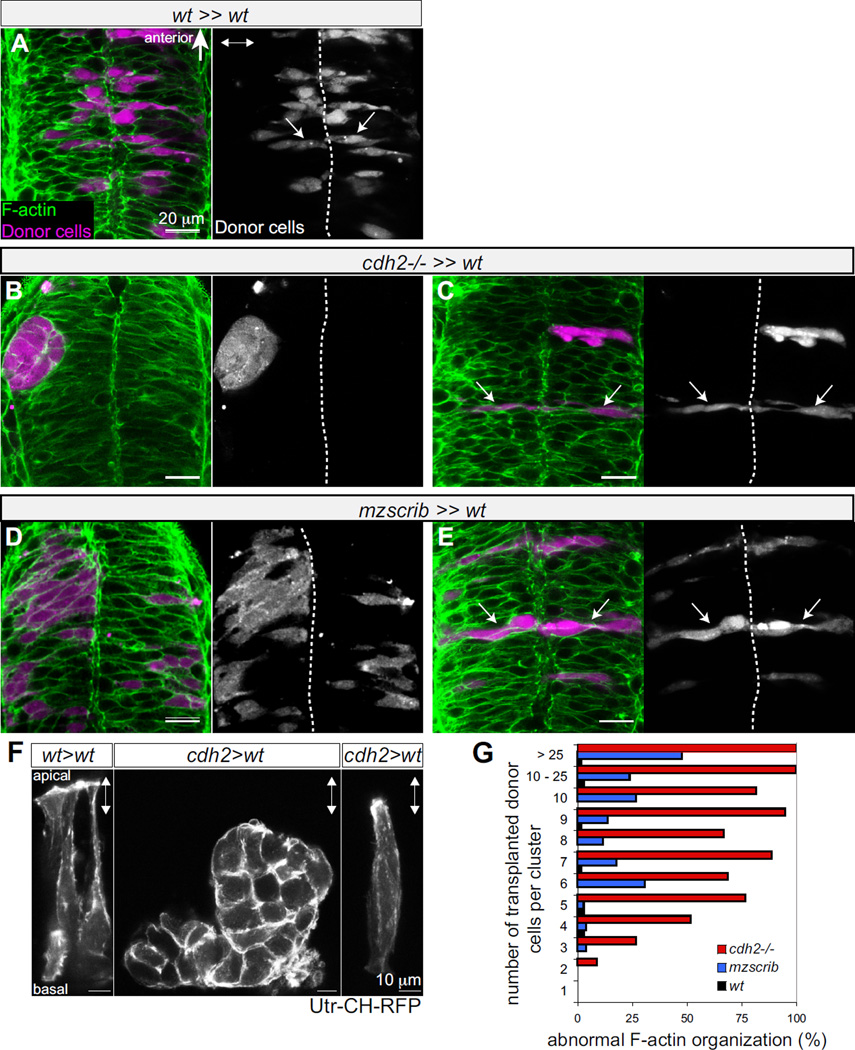Figure 4. Non-autonomous rescue of oriented cross-midline cell division of single cdh2−/− and mzscrib mutant cells.
(A-E) Genetic mosaics at neural tube stage (21 hpf) in which donor derived cells (purple) were transplanted into the presumptive posterior hindbrain of wt host embryos (F-actin in green). (A) Bilateral distribution of wt cells (arrows) in a wt environment. (B) cdh2−/− cells form unilateral aggregates in a wt environment. (C) In contrast, isolated cdh2−/− progenitors show rescued bilateral distribution and normal cell shape. (D) A large group of mzscrib mutant cells in a wt environment with unilateral cell distribution. (E) Isolated mzscrib cells in a wt environment have rescued shape and bilateral distribution. (F) Utr-CH-RFP reporter in mosaic embryos showing normal apical enrichment in wt control transplants, loss of apical enrichment in a cluster of transplanted cdh2−/− cells, and rescue in a single cdh2−/− cell that is surrounded by wt host cells. Images represent maximal intensity projections of optical sections. (G) Quantification of occurrence of abnormal F-actin organization in mosaics. wt black (n=5 experiments, 13 embryos), mzscrib blue (n=3 experiments, 21 embryos), cdh2−/− in red (n=2 experiments, 15 embryos). Embryos in dorsal view with anterior to the top. Dotted white line indicates the neural tube midline, double arrowheads indicate the apico-basal axis of the neuroepithelium. See also Supp.Fig.4.

